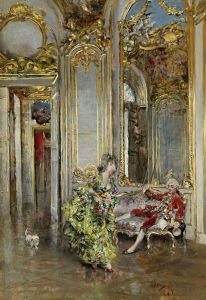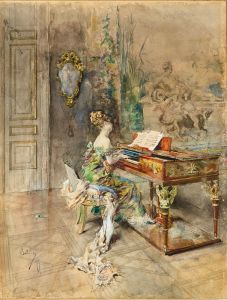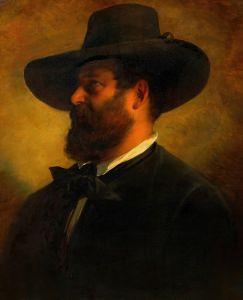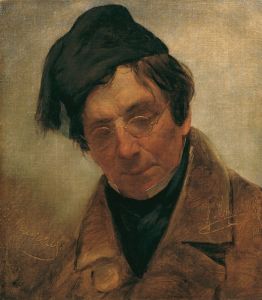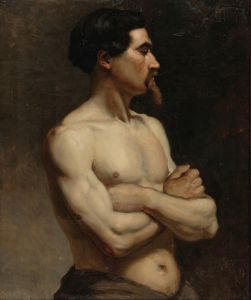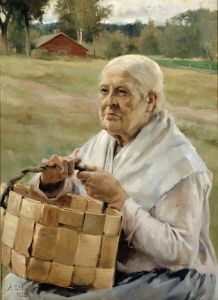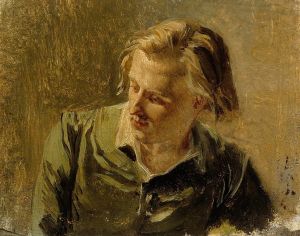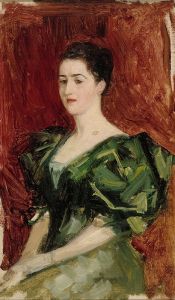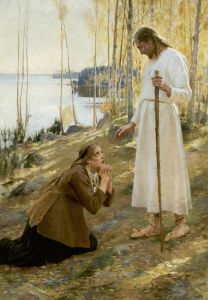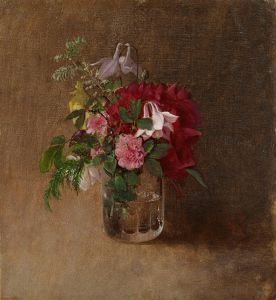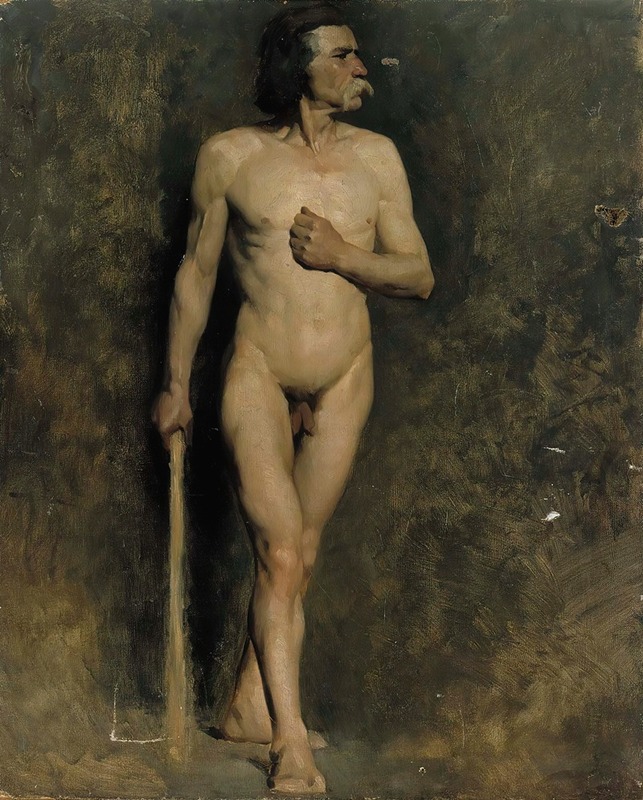
Male model
A hand-painted replica of Albert Edelfelt’s masterpiece Male model, meticulously crafted by professional artists to capture the true essence of the original. Each piece is created with museum-quality canvas and rare mineral pigments, carefully painted by experienced artists with delicate brushstrokes and rich, layered colors to perfectly recreate the texture of the original artwork. Unlike machine-printed reproductions, this hand-painted version brings the painting to life, infused with the artist’s emotions and skill in every stroke. Whether for personal collection or home decoration, it instantly elevates the artistic atmosphere of any space.
Albert Edelfelt was a Finnish painter born on July 21, 1854, in Porvoo, Finland. He was one of the most prominent artists of his time and played a significant role in the development of Finnish art. Edelfelt is best known for his portraits and historical paintings, which often depicted scenes from Finnish history and culture. His work is characterized by a keen attention to detail, a vibrant use of color, and a strong sense of realism.
One of Edelfelt's lesser-known works is "Male Model," a painting that exemplifies his skill in capturing the human form and his interest in portraiture. While there is limited specific information available about this particular painting, it is consistent with Edelfelt's broader body of work, which often focused on the human figure and the exploration of light and shadow.
Edelfelt studied at the Royal Academy of Fine Arts in Antwerp and later at the École des Beaux-Arts in Paris, where he was influenced by the realist movement. His time in Paris exposed him to various artistic styles and techniques, which he incorporated into his own work. This international exposure helped him gain recognition not only in Finland but also across Europe.
Throughout his career, Edelfelt was known for his ability to portray his subjects with a sense of dignity and realism. His portraits often captured the personality and essence of the individuals he painted, making them more than mere representations. This skill is evident in "Male Model," where Edelfelt's attention to anatomical accuracy and the play of light on the human body is apparent.
Edelfelt's contribution to Finnish art is significant. He was one of the first Finnish artists to gain international acclaim, and his success helped pave the way for future generations of Finnish artists. His works are housed in various museums and collections, including the Ateneum Art Museum in Helsinki, which holds a substantial collection of his paintings.
In addition to his portraits, Edelfelt also painted landscapes and historical scenes. He was deeply interested in Finnish culture and history, and this is reflected in many of his works. His painting "The Luxembourg Gardens, Paris" and "The Duke Karl Insulting the Corpse of Klaus Fleming" are examples of his diverse subject matter and his ability to convey narrative through art.
Albert Edelfelt passed away on August 18, 1905, in Porvoo, but his legacy continues to influence artists and art enthusiasts. His dedication to realism and his ability to capture the human spirit in his paintings have made him a celebrated figure in the art world. While "Male Model" may not be as widely recognized as some of his other works, it remains an important part of his oeuvre, showcasing his mastery of the human form and his commitment to his craft.





